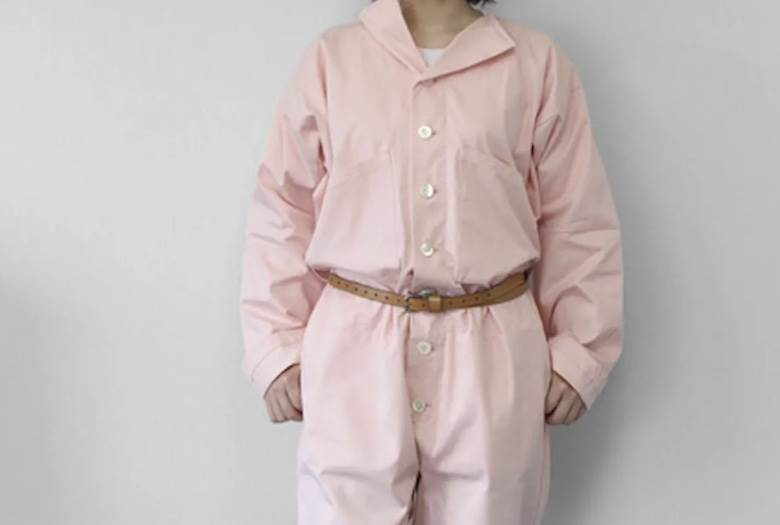Local waste strawberries dye denim in Japan

Coordinator of yarn-dyed textiles at Japan’s Kuwamura Textile, Shunsuke Matsubara, has begun dyeing denim and other fabric using discarded strawberries in partnership with a local farmer.
Mr Matsubara lives and works in Banshu (also known as Harima) in Hyogo prefecture, known for the Banshu-ori weave and dyeing process which reportedly dates back to 1788.
He has been trying to raise funds to continue with the project, which he launched in May 2020, on Japanese crowdfunding platform Campfire since the beginning of July. The aim is to raise around $9,100 (¥1 million).
Investors can choose from a selection of strawberry-dyed denim, jacquard fabric or original apparel and accessories designs for a donation of around $10 (¥1,100). Custom jacquard patterns are offered for donations of approximately $1,800 (¥200,000).
In dyeing natural fibres such as Global Organic Textile Standard (GOTS)-certified cotton, the commercial initiative also harnesses the dye properties of other fruits and vegetables, but the project began with a donation of waste strawberry fruit.
Mr Matsubara told local media that it had taken him around six months to figure out a “unique” dye method using strawberries that is stable, “less uneven” and maintains colour fastness.
He said that future, post-covid-19 plans include growing his own cotton locally and directly connecting producers to consumers, in order to forge a simpler, less transactional way of operating within the fashion world, as he described it.
Mr Matsubara told reporters that dyeing with waste strawberries represented the first step in a wider process of revitalising traditional production methods nationwide.
Image: WWD Japan.










